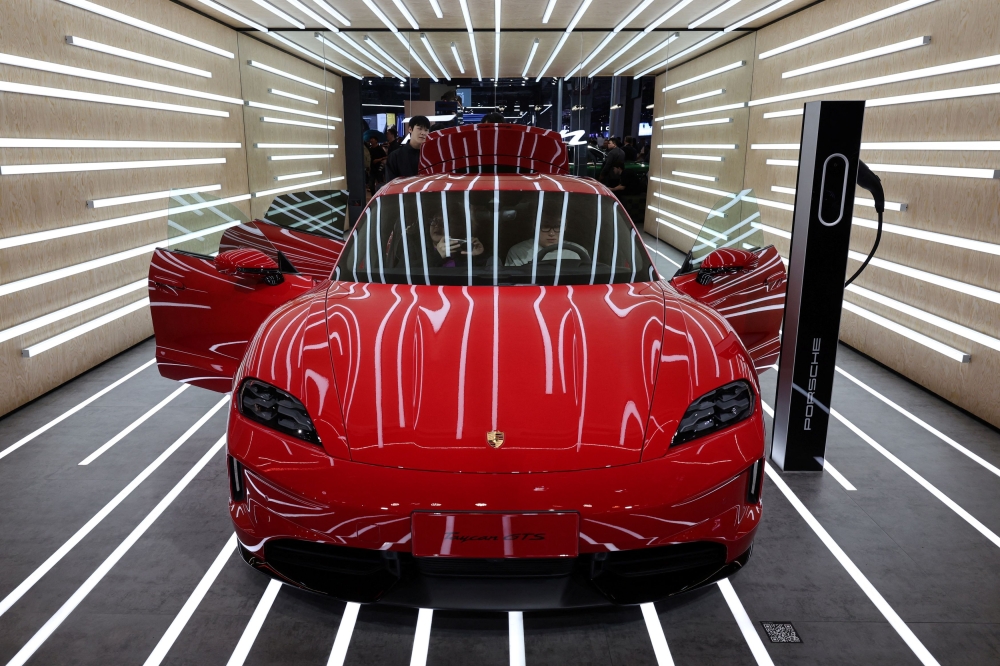

**The Rising Popularity of Chinese Automobiles Among Pakistani Motorists**
In recent times, the automotive scene in Pakistan has experienced a noteworthy shift, with Chinese car manufacturers emerging as formidable players in a market that has been historically dominated by Japanese and native brands. The increasing appeal of Chinese automobiles among Pakistani motorists reflects changing consumer preferences, economic factors, and transforming views on quality and dependability.
### An Evolving Automotive Landscape
For many years, Pakistan’s car market was mainly controlled by Japanese brands such as Toyota, Honda, and Suzuki. These companies solidified their presence due to their reputation for dependability, fuel economy, and the extensive availability of spare parts. Nevertheless, the limited model range and elevated prices resulting from import tariffs and local manufacturing limitations created a void in the market—one that Chinese manufacturers were quick to capitalize on.
### Main Influencers Behind Popularity
#### 1. **Cost-Effectiveness and Value Proposition**
A primary motive driving the rise in popularity of Chinese automobiles is their appealing price point. Chinese brands like Changan, MG (Morris Garages, owned by China’s SAIC Motor), Haval, and DFSK present feature-packed vehicles at price ranges considerably lower than those of their Japanese or Western rivals. This value-for-money offering is particularly attractive to price-sensitive Pakistani consumers.
#### 2. **Contemporary Technological Features**
Chinese cars frequently come loaded with cutting-edge features such as touchscreen entertainment units, reverse cameras, digital gauge displays, and safety enhancements like ABS and airbags—even in entry-level versions. These amenities attract younger buyers who desire modern, technology-rich cars without overspending.
#### 3. **Trendy Designs and Model Variety**
Chinese manufacturers have made noteworthy advancements in vehicle styling, providing sleek, modern designs that compete with renowned international brands. With a wide array of models ranging from compact sedans and hatchbacks to SUVs and electric vehicles, they have something to suit various consumer tastes.
#### 4. **Enhanced Quality and Reliability**
While previous views of Chinese cars were tainted by doubts regarding quality and longevity, recent offerings show significant enhancement. Partnerships with global engineering firms and adherence to international safety protocols have bolstered consumer trust in Chinese marques.
#### 5. **Government Initiatives and CPEC Impact**
The China-Pakistan Economic Corridor (CPEC) has strengthened economic relations between the two countries, prompting increased Chinese investment in Pakistan’s automotive realm. Supportive government measures, such as tax breaks for new entrants and electric vehicle producers, have further eased the entry and growth of Chinese automobile brands.
### Leading Chinese Car Brands in Pakistan
– **Changan**: With models such as the Changan Alsvin sedan and Karvaan minivan, Changan has swiftly gained favor for its combination of affordability and well-equipped options.
– **MG Motors**: Recognized for its stylish SUVs like the MG HS and MG ZS, MG has gained attention for its luxurious features at mid-range prices.
– **Haval**: A division of Great Wall Motors, Haval has rolled out models like the H6 and Jolion, praised for their design and performance.
– **DFSK (Prince)**: Catering to both passenger and commercial sectors, DFSK has established its presence with models like the Glory 580 SUV and the K07 minivan.
### Obstacles and Considerations
Despite their increasing appeal, Chinese vehicles in Pakistan encounter various challenges. Limited after-sales support, questions regarding long-term wear, and spare part accessibility may deter some potential buyers. Nevertheless, as these brands enhance local infrastructure and customer service, such issues are progressively being resolved.
### Looking Forward
The growing acceptance of Chinese cars in Pakistan illustrates a broader trend of diversification within the nation’s automotive industry. As consumers become more educated and selective, the demand for affordable, feature-rich, and stylish cars is expected to rise further. With continuous enhancements in quality and expanding service networks, Chinese manufacturers are positioned to remain a permanent part of Pakistan’s driving landscape.
In summary, the ascent of Chinese vehicles in Pakistan is not merely a fleeting phenomenon—it signifies a transformation in the local auto industry’s dynamics. As competition increases, consumers will reap the rewards, gaining access to more options, improved features, and competitive pricing shifting the way Pakistanis experience driving.






